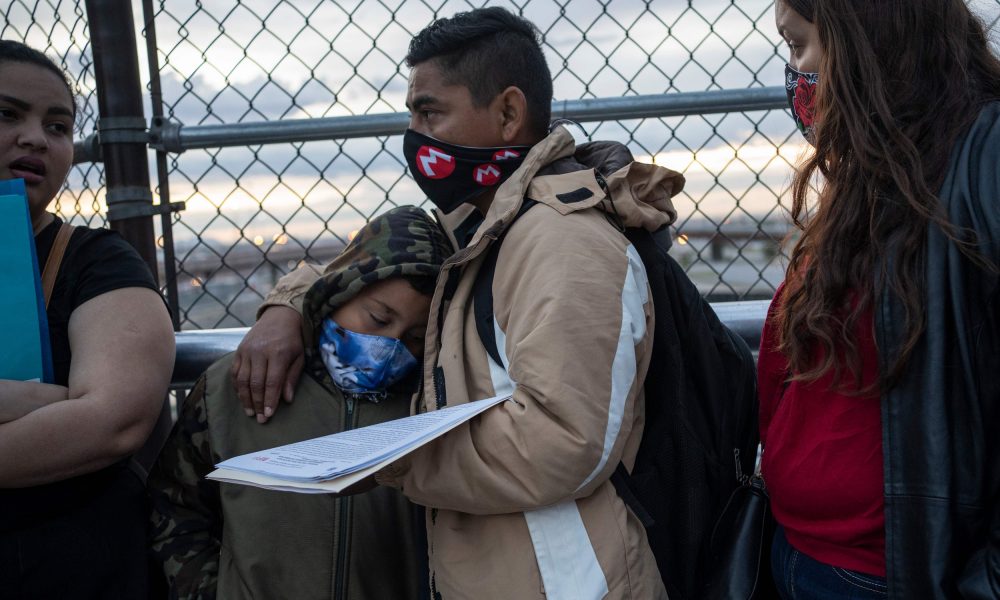Democrats have been pushing to extend the $600 weekly federal unemployment payment, which is currently offered on top of the weekly benefit; however, Trump’s administration is considering replacing it.
What We Know:
- The $600 weekly enhanced unemployment benefits are scheduled to end on July 31st. Many conservatives argue that the additional payment was too high and might be keeping people from returning back to work sooner than later.
- National Economic Council Director Larry Kudlow called the extra $600 checks being sent to Americans on unemployment as part of coronavirus relief efforts a “disincentive” for people to get back to work.
- “The $600 plus-up that’s above the state unemployment benefits they will continue to receive is in effect a disincentive. I mean, we’re paying people not to work. It’s better than their salaries would get,” Kudlow said on CNN’s “State of the Union”.
- Kudlow says the Trump administration is considering replacing the extra payments with an incentive. Democrats want to extend the extra payments until next year or to decrease the payments when the state’s unemployment rates fall. Kudlow and the administration have not elaborated on how the policy will look.
- One state has started implementing the back-to-work bonus. Residents in Idaho who go back to work will receive a $1,500 bonus, with part-time workers receiving $750. The goal is to get the residents working again and off of the federally enhanced unemployment program. If a resident is offered to return back to work and turns down the offer, they will lose their jobless benefits.
In the month of March and April, the unemployment rate in the U.S. was higher than in the Great Depression. Approximately 30 million people would be affected, if the additional $600 weekly payment stops. Americans may stop spending, causing another wave of job losses, according to economists.



